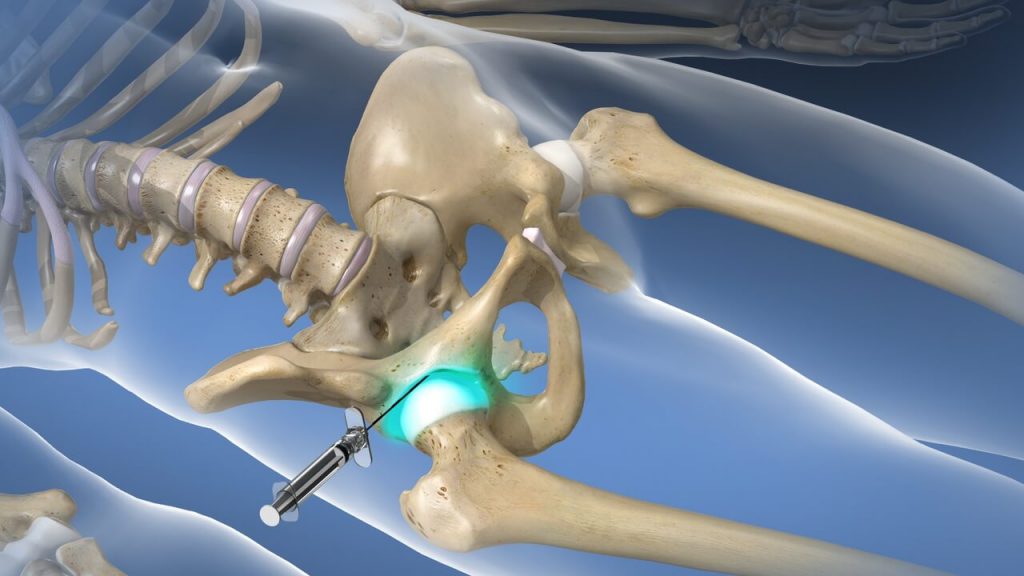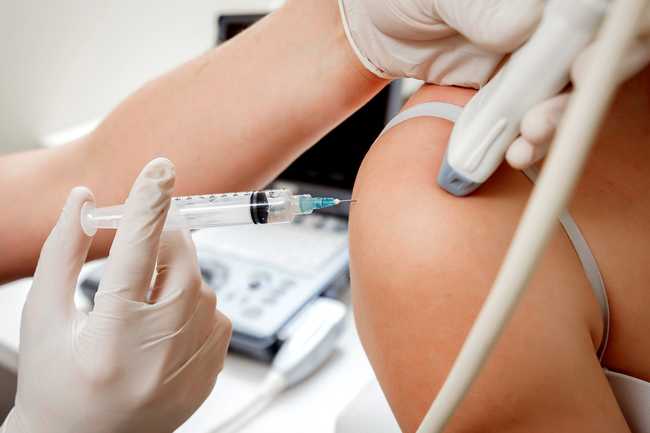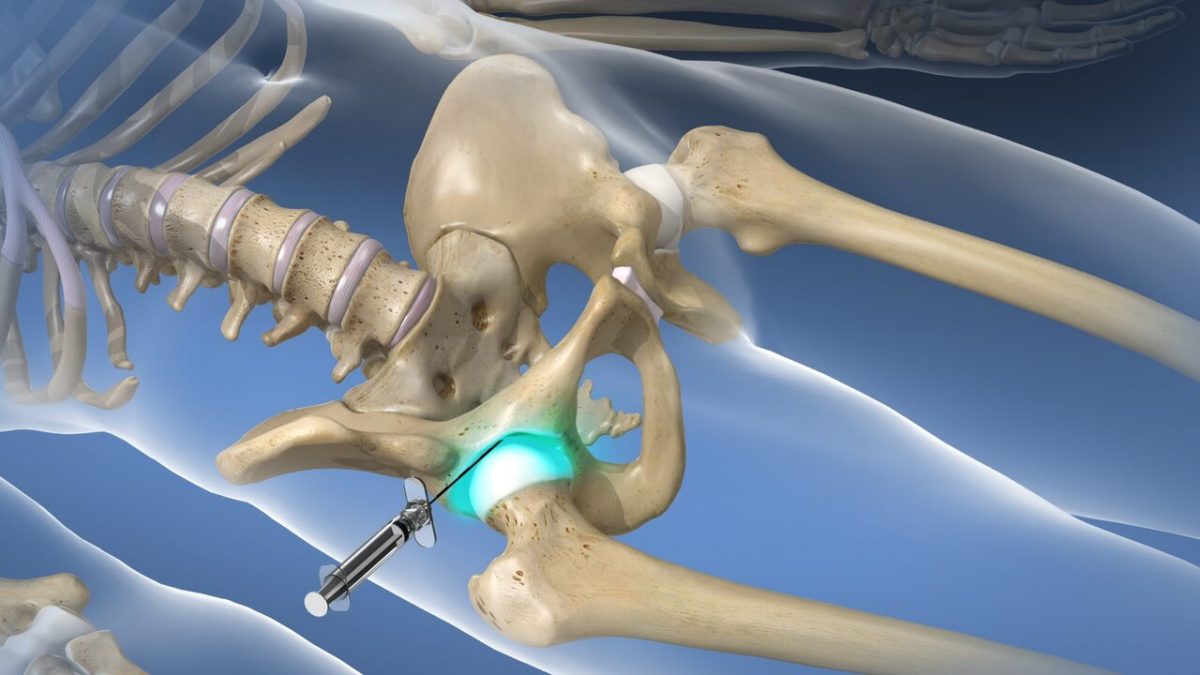Joint Injections
![]()
Call (703) 520-1031 or use the form below to send us your contacts.
Joint pain of any kind interferes with a person’s lifestyle and can become debilitating when it is chronic and intense. Inflammation can occur in any joint in the body, but some of the most common joints that become inflamed and painful are in the spine, especially the lumbar region (lower back), and in the knees, shoulders and hips. A common treatment for joint pain that offers temporary relief is an
injection of an anesthetic and steroid medication directly into the joint.
Joint Pain and Injections
Joint pain develops for several reasons:
- Normal wear and tear of cartilage
- Injury
- Disease, like rheumatoid arthritis or osteoarthritis
- Surgery
- Physical deformity

Pain caused by a damaged joint might be felt in the joint, and sometimes the pain travels to additional places, like down the back of the legs. An injection for joint pain is given to patients for one of two reasons. First, it can serve as a diagnostic test to pinpoint the joint causing the pain. Second, it is a treatment option to relieve pain and reduce inflammation. The anesthetic numbs the tissue inside the joint, and the steroid medication reduces inflammation and blocks pain.
Virtually every joint is a candidate for an injection. They include:
- Facet joints – These are the small joints in the spine. A physician can inject the appropriate medication into any joint in the spine in the cervical (neck and upper spine), thoracic (center) and lumbar (lower) spinal areas.
- Sacroiliac joint – The two SI joints connect the spine to each hip. Their primary purpose is to support upper body weight while standing or walking, shifting the load to the legs. The pain can occur in the lower back, but it may also be felt in the buttocks, groin or thighs and can travel up the back.
- Coccyx joint – This joint is often referred to as the tailbone. Consisting of three small bones, it too can get inflamed.
- Hip joint – The pain from a hip joint issue may be felt inside or outside the hip or in the groin, buttocks or upper thigh.
- Shoulder joint – Pain in the shoulder joint is caused by a variety of medical issues that include bursitis, tendinitis, tear in the rotator cuff, inflammatory arthritis and “frozen shoulder” (adhesive capsulitis).
- Knee joint – Pain in the knee joint is often due to arthritis, gout (uric acid buildup), inflammation from injury or normal wear and tear, or chondromalacia patella which is when cartilage under the kneecap is damaged.
- Other joints – Other joints frequently causing pain include the elbows, hands, ankles and feet.
How Long Does the Procedure Take?
A joint injection does not take long. Most procedures are finished within 20 minutes.
Before the procedure is done, the physician will order imaging studies to assess the best injection location. Usually, the injection is given on an outpatient basis, including in a doctor’s office. The main requirement is availability of fluoroscopic equipment that is usually used to help the physician inject the fluids into the ideal location. The patient is awake and alert during the procedure.
The patient lies on a table. A local anesthetic is applied to the skin first to minimize discomfort or pain associated with the medication injection. Using a fluoroscope (type of X-ray machine) as a visual guide, a hollow needle is inserted into the joint. The anesthetic and corticosteroid, or other types of medications, are injected into the joint through the hollow needed.

The physician may need to drain some fluid from the joint first to make room for the medications and to relieve joint pressure. This is common with a knee joint injection. In some cases, it may take more than one injection in various locations. For example, a facet joint injection might be needed in several of the spine’s joints.
How Often Should the Procedure Take Place?
In general, if the joints causing the pain were the ones injected, joint pain relief is felt within a day or two, and can last for months. If the pain continues for 2-3 weeks, or flares up again, the procedure can be repeated.
Specifically, there are many factors determining how often the procedure should be done. They include:
- Joint or joints receiving the injection
- Type of medication used
- Whether pain relief is experienced
- How long pain relief endures
Generally, injections are limited to four times a year, whether spaced out to once a quarter or given in a weekly or monthly series.
Side Effects of Injections into the Joint
There are usually few joint injection side effects, and they are temporary. The specific side effects depend on the joint receiving the injections. For example, a sacroiliac joint injection may cause some people to experience temporary weakness in the legs, making it difficult to walk for several hours.
The potential side effects are:
- Joint remains numb from the anesthetic for several hours, after which pain may be felt for a couple of days until the medication reduces the inflammation.
- Infection.
- Temporary bruising at the injection sites.
- Reaction to medical conditions, like elevated blood sugar in people with diabetes (It is critical to inform the physician of any and all chronic medical conditions and medications).
- Physical responses to corticosteroid, i.e. weight gain, water retention, etc.
In most cases, any side effects are gone within a few days to a week. Millions of people each year find needed pain relief with joint injections. Joint pain is not something that must be endured because help is available. Consult with a physician to learn the options available.
